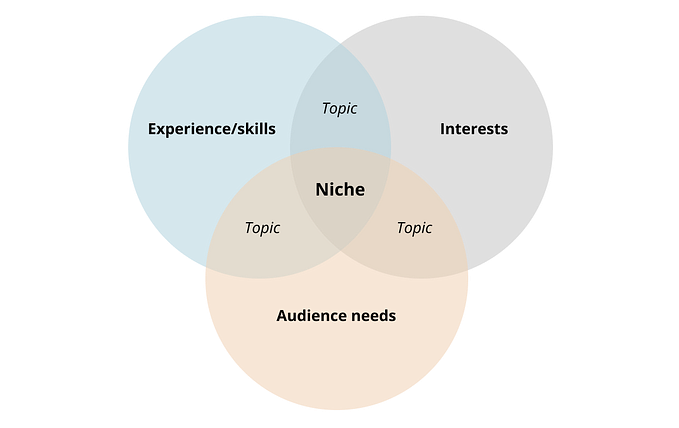Member-only story
The importance of colour in UX
And how it affects the user’s perception.

 When coming up with a new digital solution (desktop, mobile, app, whatever it may be) or any design concept, choosing the right colour palette is a crucial step that affects its success and outcome. The content, animations, copy and features may be the best out there, but if the user isn’t drawn by the visual of the product and especially its colours, they won’t be using it.
When coming up with a new digital solution (desktop, mobile, app, whatever it may be) or any design concept, choosing the right colour palette is a crucial step that affects its success and outcome. The content, animations, copy and features may be the best out there, but if the user isn’t drawn by the visual of the product and especially its colours, they won’t be using it.
Due to the Halo Effect — our tendency to make rapid judgements about someone or something just by our first impression, even if biased — , when a user first faces a digital solution, they’ll immediately judge it by what they first see, and if the colour isn't appealing to them they’ll create a negative perception, which might not even be purposely made, which will impact their relation and interaction with it.
The User’s perception of colour
When deciding on what colours to use, it’s imperial to understand who the user is: who are the type of people and target audience that will interact with your design?

Age and Gender
Knowing your user is important because people favour colours differently, not only due to personal preference but also because of inherent characteristics like age and gender. Per example, different genders prefer different colours, and the same goes with different age groups — what is more appealing to young people will not be the same as with older generations.
Culture
The same thing can be perceived differently in various countries and this is due to the fact that things (colours, icons, images, …) have dissimilar meanings interculturally.
Accessibility
While making a product, choosing pretty colours that look good is always important, but you have to keep in mind that not everyone sees colour the same way. There are people with vision problems such as colour blindness (of different types) that don’t see the same way.








